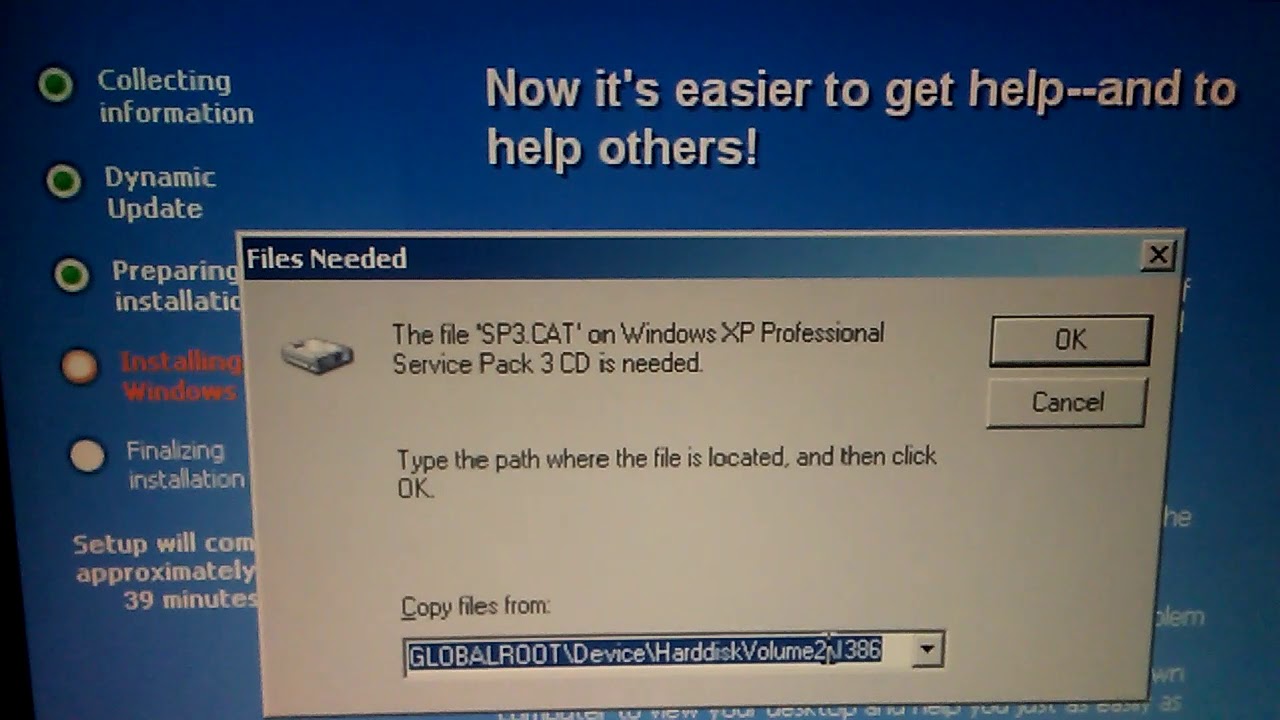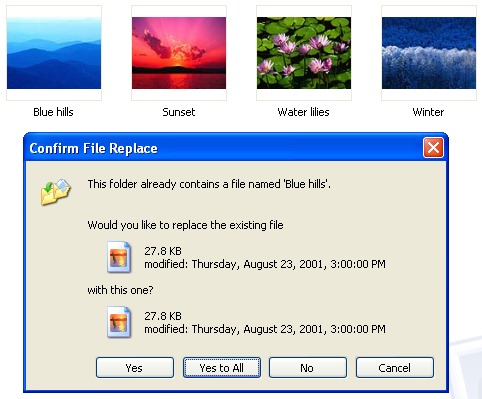

Service Packs for the x86 version of Windows NT 4.0 Server were downloads smaller than 40 MB (I only count the service pack files that end with 'i'.) Windows Server 2003 Service Pack 2 clogged your Internet connection during the time it took to download 372 MB. You might now have an idea about the size of your initial installation, but remember Service Packs grew in the last ten years as well. These figures seem to indicate a eightfold growth in disk usage between major Windows NT releases, roughly every four to five years. You can clearly see the exponential increasing disk usage for clean installation between these three major Windows NT releases. Windows 2000 Server and Windows Server 2003, which were released between these two releases, used up 708 MB and a mere 1245 MB on disk. Where Windows NT 4.0 Server (the equivalent to Windows Server, Standard Edition nowadays) installed using 94 MB on the hard disk of our machines in 1997, Windows Server 2008 Beta 3 installs a whopping 5829 MB. I don't consider the page file as part of the initial installation. Windows NT 4.0 was installed as a Stand Alone server. I'm looking at 32-bit x86 versions of the Standard SKU for Windows NT Server, installed on NTFS partitions using default settings. Together with the articles it links to it provides an adequate estimate on disk usage after initial installation.
:max_bytes(150000):strip_icc()/sfc-os-dll-windows-10-iso-80a9781f9ee54a02a0775fdfda16d077.png)

I found some useful numbers related to system requirements in Microsoft KnowledgeBase article 304297. Since this post is about disk drives I'm most interested in the disk size requirements. Let's look at the system requirements for members of the Windows NT family since 1997. Most of us can't remember Windows NT before version 4.0, although I had the pleasure a couple of years ago to troubleshoot a Windows NT 3.51 Server. Microsoft Windows NT is Microsoft's family of Operating Systems for businesses. While I believe my findings to be true, only time can tell whether they are.

This post assumes the latest figures for Windows Server 2008 are congruent with the figures for Windows NT in the past ten years. Let's first look at some statistical data from the past few years and after that look at the years you want your server to offer services without disk space problems. I can imagine that after reading part 1 of the 'Big Drive Problem" one essential question remained unanswered and haunted your thoughts: How big should I make my C:\ drive if I move every dynamic, sensitive or performance related piece of data from it? I intend to answer that question in this post.


 0 kommentar(er)
0 kommentar(er)
